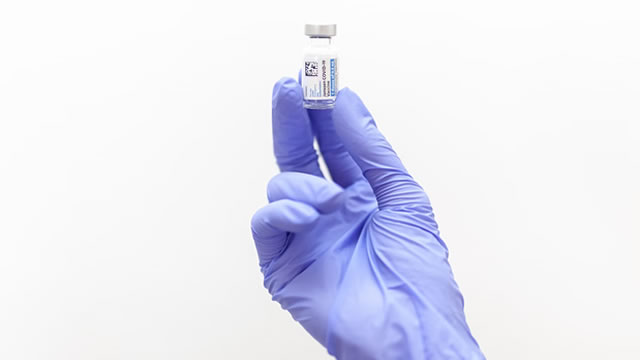
Johnson & Johnson (JNJ)

J&J Joins Pharma M&A Bandwagon, to Buy Cancer Biotech for $3.05B
J&J's $3.05B move for Halda adds targeted oral cancer therapies and expands its prostate cancer pipeline amid rising pharma M&A.

Johnson & Johnson (JNJ) Presents at 7th Annual Wolfe Research Healthcare Conference Transcript
Johnson & Johnson ( JNJ ) 7th Annual Wolfe Research Healthcare Conference November 17, 2025 10:40 AM EST Company Participants Candice Long - Worldwide Vice President of Immunology David Lee - Global Therapeutic Area Head, Immunology for Janssen Pharmaceutical Conference Call Participants Alexandria Hammond - Wolfe Research, LLC Presentation Alexandria Hammond Wolfe Research, LLC Good morning, everybody. My name is Alex Hammond, and I'm the biopharma analyst here at Wolfe.

Johnson & Johnson strengthens oncology portfolio with $3B Halda Therapeutics acquisition
Johnson & Johnson (NYSE:JNJ) announced that it has entered into a definitive agreement to acquire Halda Therapeutics, a clinical-stage biotechnology company focused on developing targeted oral therapies for solid tumors, for $3.05 billion in cash. Halda's lead candidate, HLD-0915, is a once-daily oral therapy for prostate cancer that received FDA fast track designation in August 2025 following positive preliminary data from Phase 1/2 trials.

Johnson & Johnson to Buy Halda Therapeutics For $3.05 Billion
Johnson & Johnson has agreed to buy clinical-stage biotechnology company Halda Therapeutics for $3.05 billion in cash in a deal that bolsters the healthcare giant's oncology pipeline.

J&J to buy cancer therapy developer Halda Therapeutics for $3.05 billion
Johnson & Johnson said on Monday it would buy Halda Therapeutics for $3.05 billion in cash, expanding its presence in solid tumors and prostate cancer treatments.

Why Is Johnson & Johnson (JNJ) Up 1.7% Since Last Earnings Report?
Johnson & Johnson (JNJ) reported earnings 30 days ago. What's next for the stock?

Johnson & Johnson (JNJ) Presents at UBS Global Healthcare Conference 2025 Transcript
Johnson & Johnson ( JNJ ) UBS Global Healthcare Conference 2025 November 11, 2025 11:00 AM EST Company Participants Peter Menziuso Conference Call Participants Danielle Antalffy - UBS Investment Bank, Research Division Presentation Danielle Antalffy UBS Investment Bank, Research Division All right. Good morning, everyone.

Wall Street Analysts See Johnson & Johnson (JNJ) as a Buy: Should You Invest?
Investors often turn to recommendations made by Wall Street analysts before making a Buy, Sell, or Hold decision about a stock. While media reports about rating changes by these brokerage-firm employed (or sell-side) analysts often affect a stock's price, do they really matter?

Johnson & Johnson: 2 Recent FDA Wins And Earnings Beat Warrant 'Buy' Rating
Johnson & Johnson remains a "buy" following strong Q3 2025 results, driven by robust sales growth and raised full-year 2025 revenue guidance. The company's acquisition of Intra-Cellular Therapies and FDA approval of CAPLYTA for major depressive disorder unlock a large, underserved market opportunity. Oncology portfolio strength is highlighted by DARZALEX FASPRO's expanded FDA indication and CARVYKTI's 83% year-over-year revenue growth.

Johnson & Johnson: Dividends Don't Lie
Johnson & Johnson's latest dividend declaration translates into an annual growth rate of 4.47%. This is the lowest level in at least 10 years, signaling ongoing growth pressures. Mixed Q3 earnings results and Q4 outlook suggest profit headwinds and rising payout ratios, further limiting room for future dividend increases.

Cramer's Mad Dash: Johnson & Johnson
Jim Cramer breaks down why he's keeping an eye on shares of Johnson & Johnson.

Johnson & Johnson (JNJ) Is a Trending Stock: Facts to Know Before Betting on It
Zacks.com users have recently been watching Johnson & Johnson (JNJ) quite a bit. Thus, it is worth knowing the facts that could determine the stock's prospects.







